A residential log cabin foundation is the very core of the structural building. The base layer serves as support for the entire structure, meaning it could make or break the entire unit. Before you venture further into the design of your contemporary or period log home, looking into the foundation is a must. A residential log house requires the absolute best foundation if you don’t want your investment to go to waste.
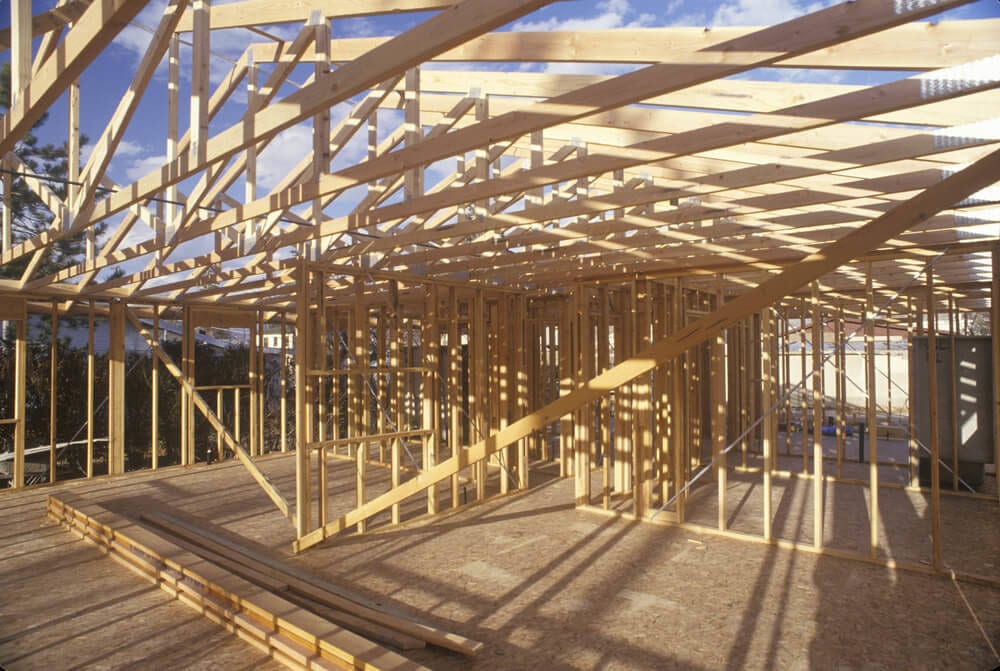
Residential Log Cabin Building Foundation Basics
Log cabin foundations are not just the base layer where the entire building is built upon. This particular layer safely and technically transfers the weight and load of the wooden structure through the ground. The foundation or base of any construction project should be durable and strong and that is a general rule of thumb to always remember. The stability and strength of a residential log cabin foundation protect the log house from 2 things:
1. Subsidence
This particular log cabin issue only shows over a specific extended period of time, however, the problem is quite easy to spot. In severe cases, the problem shows up when the unit or log house becomes lopsided due to the soil moving away from the log cabin. The surrounding foundation or base of the log cabin is removed over time, resulting in subsidence issues with the log house.
2. Settlement
The lack of a durable or strong base for the log cabin results in the sinking of the cabin into the ground, thus the settlement problem occurs. The issue takes place because of the weight and load of the cabin, forcing the soil underneath it to move away. Known as a typical issue that manifests during the early life of the cabin, settlement is quite easy to avoid especially with a good quality cabin base or foundation layer.
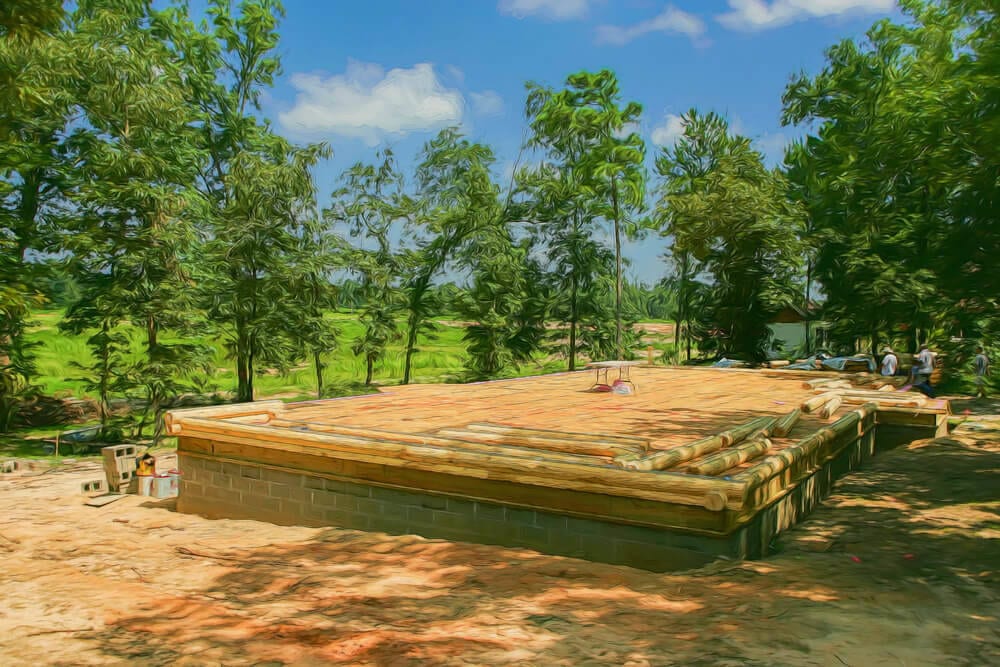
What Are the Factors Affecting Cabin Foundations?
There are several factors that make or break the base layer of the residential log cabin. Take a look at the different contributors that determine the quality of the log cabin base:
* Log home size
* Design of drainage
* Contours of the gravel and rock
* Budget of the construction
* Type of soil or rock (gravel, chalk, sand, peat, and clay)
* Water tables
* Site ground or topography
Different Types of Log House Foundation
Making a residential log cabin is not a DIY job, especially if you don’t have the technical and mechanical knowledge and skills. You can always hire a contractor to do the heavy and difficult task at hand. However, it is also important that you know the important things about log houses especially the log cabin foundation or base layer.
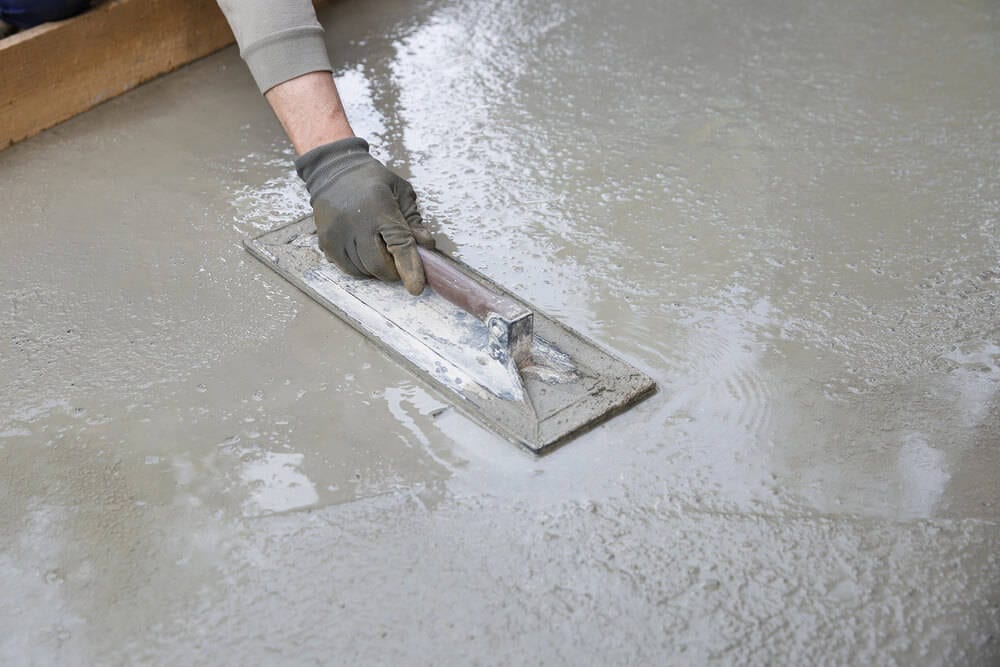
Here are the different types of base layer or foundation for your residential log cabin:
1. Raft Foundation/Concrete Base
This is a simple and traditional technique in creating or building a foundation layer for your log home. The main materials used are the rafts of concrete that are laid underneath the log home structure. The main purpose of this type of technique is to evenly distribute the cabin’s entire load on the base. The floor area receives the load that is spread all over the site. On top of an even load distribution, this foundation type is often quicker and much cheaper. This type of foundation is ideal in areas with soft grounds or those with a soft clay component. It allows the spreading of the load of the log cabin since soft grounds are known to have a lower bearing capacity.
2. Concrete Piers/Pad Foundation
This type of foundation carries the single-point load of the residential log cabin. The log cabin is basically made with the four corners that rest on the concrete piers or pads. Each concrete pier or pad is placed under the log home’s corner. The typical shape of this foundation is square and the square shaped foundation is moulded using reinforced concrete complete with rebar. The pad foundation or concrete pier base layer is ideal when strong soil on the site is quite a prominent feature of the location.
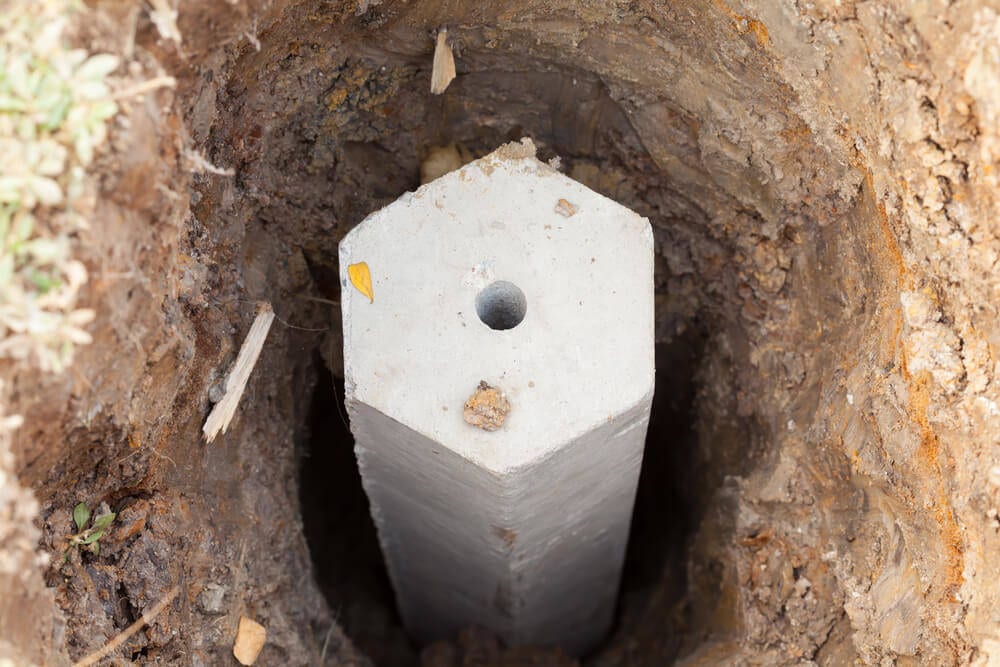
3. Strip Foundation Base
One of the most common construction techniques of a residential log cabin foundation is the strip foundation base. This type of base layer is commonly and typically used for traditional log houses where the foundation utilizes continuous concrete strips under the log cabin’s load. The strips run through the bearing timber and function as a level standing that accommodates the logs that are laid on top. This type of foundation is a practical option particularly for log houses that are located in strong soil base sites. The strip foundation base is a practical choice if the site has clay for its main soil component. It should also be used for log houses that are located or based on dry sites without the presence of any standing water.
Types of Locations or Sites
It is imperative to note that the type of site or location you have would mainly determine the type of foundation that will work best with your place. For instance, a sloping site or piece of land requires a pier foundation for your flooring rather than a suspended concrete or concrete slab. Sloping grounds require a lot of landscaping in order to level out the ground and a pier foundation basically reduces the need for landscaping.
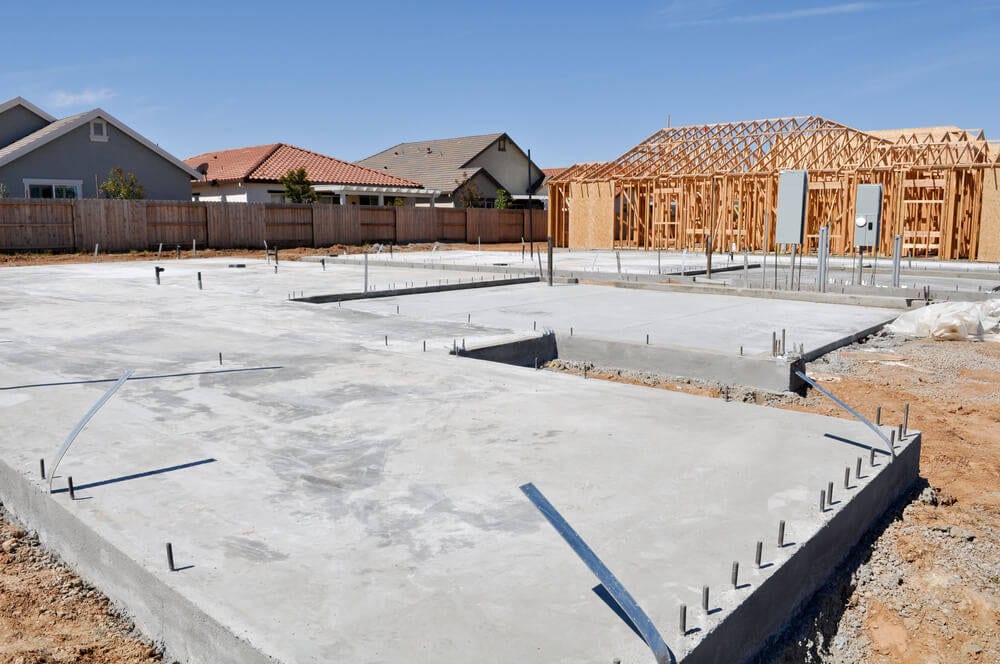
For level sites, the most practical option for the foundation or base layer is the concrete slab, however, it is still necessary to consider the soil substrate that is underground. Even with level sites, the foundation depths should always be accurate especially if you are planning to have a bigger residential log cabin. Building inspectors may also give you valuable information as to the ideal choice for your cabin foundation and the local conditions that would affect the base layer.
The foundation of the residential log cabin building is the heart and soul of this wooden structure. It will help determine the quality of your cabin along with the lifespan that it could endure given its exposure to the elements.












